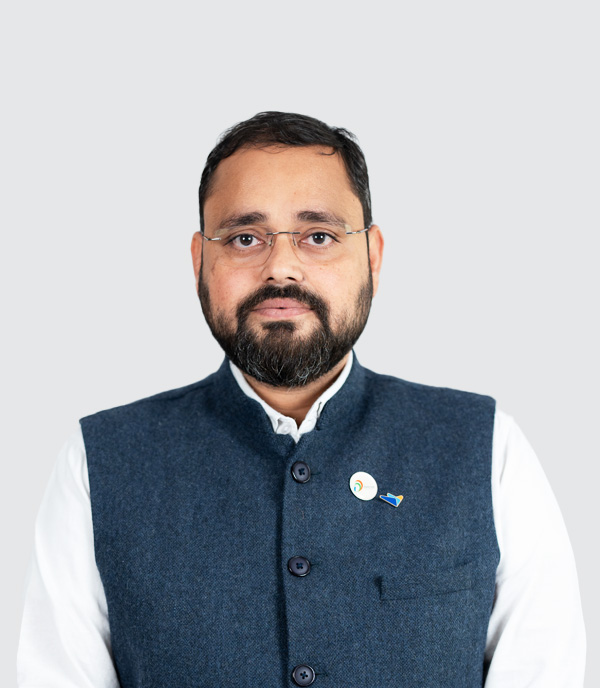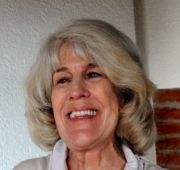Financial capability via listening and learning
by Akhand Tiwari and Ann Platt
Nov 20, 2013
4 min
What is the key to strengthening the financial capability of the poor people? Here the authors argue listening is the key based on their insights from the field.
Here is what we already know: most people at all income levels learn more from their first-hand experience with various financial services (formal and informal) than from “expert” or outside advisors. And sharing that learning with immediate friends, colleagues, and family carries more trust and has more impact than any brochure or video or special training programme.
For the wealthy, and even those with merely average earnings, the follow-up research for these personal experiences is readily available—much of it is even free—for anyone who can read, take notes, and seek out second opinions, via their computers, smartphones, radios, and televisions.
And yet we all still make injudicious choices. Imagine how much harder this is for very poor individuals and communities with far less to invest, no cushion for even small losses, and limited access to reliable information. Many of them must borrow to survive, and many of them see informal lending in the secondary markets—i.e. they themselves become the bankers—as a safer, more lucrative investment opportunity than the more formal channels.
“Poverty Impedes Cognitive Function”, a recent study sponsored by Princeton University in the US, and published in Science Magazine, 30/08/13, goes further to state that “poverty-related concerns impair cognitive capacity”, and the majority of study respondents can only make the “right” financial decisions after a successful harvest or with sufficient cash in hand to feel “rich”.
If true, this has interesting policy implications for fuller participation and financial inclusion, but MicroSave has been paying attention to how poor people save and invest in developing countries around the world for 15+ years. We would maintain that the first-hand experiences noted above, plus accurate, easily available and understandable (non-theoretical) information, and differing individual needs play equally important roles in making the correct decisions. The confidence, or lack of it, underlying the decision process is more complex than simply cash.
More to the point perhaps, the financial capability cannot even really begin until new account holders agree to keep at least some small portion of their earnings and/or government benefits and remittances in the bank accruing interest on a regular basis. Many choose not to. (We’re limiting the discussion in this blog to banks since most mobile network operators unless they are fully partnered with a licensed financial institution, cannot offer interest-bearing accounts.)
Extensive research on India’s No Frills Accounts (NFAs, now called Basic Saving Bank Deposit Accounts), and similar studies in comparable environments, reveal that up to 70-80% of these limited savings accounts remain “dormant” for a significant majority. Dormancy in this instance is not defined as “no use” but a rather full withdrawal of all external deposits and no other account activity.
But not everyone ignores their savings accounts. Our research also shows there is always a percentage of financially capable customers who are not momentarily flush with cash and yet still seek out information from various sources, and read the fine print–or have someone read it for them. They understand their rights and how the banking process works, and they know how to redress grievances. Some even question whether or not their bank should be using their deposits and savings, however minimal, for investments over which they have no control. (For more information on the various myths concerning financial education, please click here).
The standard predictors of sound money management—sufficient information, long-term needs vs. short-term benefits, and patience plus prudence–may seem more like common sense than important research findings, until we consider how very difficult all three are to achieve in circumstances which often include only semi-literacy, no technology support, long and often expensive distances to the nearest bank branch, and limited information and other resources at these branches.
Insurance is an example of this dilemma. MicroSave’s research on relative risk to savings in India shows most low-income insurance customers interviewed think they are buying a long-term savings product with risk coverage as an add-on. And this, in fact, is the usual sales pitch. Almost no one wants to visit an intimidating, distant office to confirm specific terms and conditions. So they don’t. Even those flush with profits, as per the Princeton study noted above, are unlikely to think the “cost” of collecting more information is worth the trouble.
The key is still probably in one positive – or negative – first-hand experience, transmitted with reasonable accuracy to others, who in turn share this knowledge with others. High dormancy, low deposits, bad credit choices, worse insurance choices are all potentially solvable if we design more financial education programs with specific product solutions, if and when appropriate, and with more involvement from all participants. If people ask more questions, they will have more answers for themselves and others. Financial inclusion initiatives may prove more effective if we encourage both.
Written by

 by
by  Nov 20, 2013
Nov 20, 2013 4 min
4 min
Leave comments